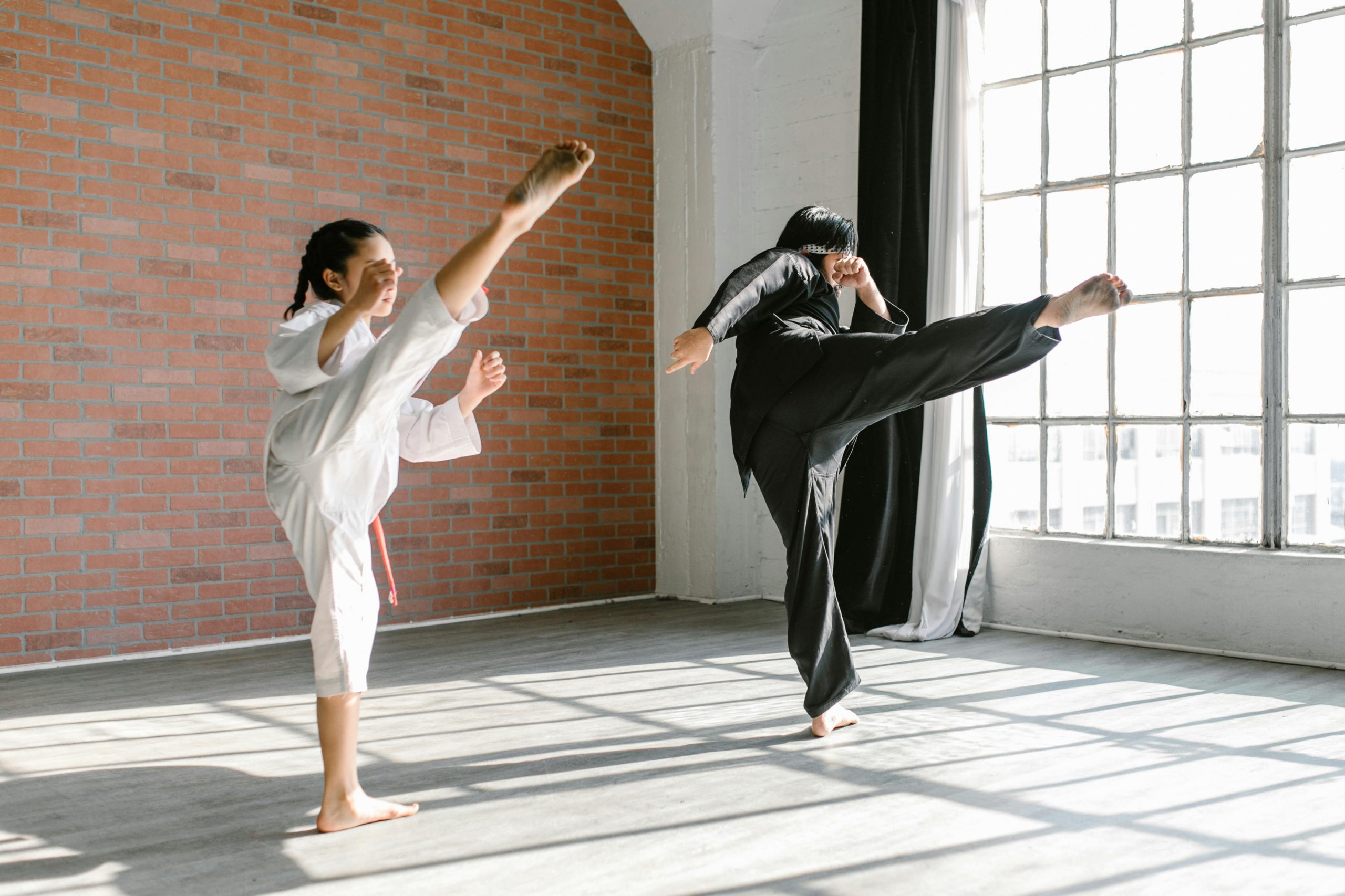At Kinetic Kickboxing Academy in Pasadena, we combine the art of martial arts with the science of Kinesiology to help our students achieve their goals quickly and safely. Our curriculum incorporates cutting-edge fitness hacks — many of which fall under the umbrella of “muscle activation techniques” (don’t worry, we’ll get to this magic shortly) — to dramatically enhance flexibility and end-range strength. In plain terms, we teach you to kick higher, faster, with more power and finesse, sparing you the tedium and monotony of endless stretching and repetitive kicking drills. While these methods apply to punching too, today’s spotlight is on your legs.
Unlocking Your Kicking Potential: Functional Anatomy for the Win
Functional anatomy isn’t just a fancy term; it’s your cheat sheet for bypassing plateaus often encountered in traditional martial arts and kickboxing schools. And yes, that’s speaking from experience. Back in my days of Hapkido and Taekwondo training, I — figuratively speaking, of course — hit wall after wall, unable to break through the barriers holding my kicks back from greater potential. Only when I veered off the beaten path and designed my own system did things start to integrate and show significant progress in a fraction of the time. As it turns out, the key to kicking higher/faster may not be rooted in endless stretching. But before we get into that, its important to discern what is holding you back.
Kicking Higher: Is It all in Your Head or Your Hips?
Before dissecting the biomechanics of a lightning-fast roundhouse kick, it’s important to figure out what the limiting factor is. Sometimes the issue is cognitive (i.e., you’re unsure about the steps to perform the kick), which can be easily resolved with the appropriate coaching cues. At Kinetic Kickboxing Academy, we pride ourselves on adopting each student’s unique learning language to provide concise and creative coaching cues and analogies that yield legit epiphanies. Alternatively, if your comprehension is solid, and you’re still struggling, we’re likely dealing with a biomechanical roadblock. This is where functional anatomy gives us a GPS to navigate the detours.
The Muscle Trio: Agonists, Antagonists, and Stabilizers
In the world of movement, muscles function like a well integrated team. The agonists are your prime movers (note: we will switch between these two terms, but they are the same) responsible for executing the motion. You can think of them as the gas pedal. The antagonists, despite their villainous name (word play!), act as the brakes, opposing the primary movers. Finally, the stabilizers are the assiduous unsung heroes, keeping everything balanced and in control.
When a student struggles with the finesse, trajectory, and/or height of a roundhouse kick, it is very common to immediately point the finger at the antagonists (shame on you, you villainous muscle!) for being too tight. If the limitation is assessed as a “flexibility issue,” then the typical advice is to stretch the antagonists, which are the hamstrings and adductors.
But what if it is not a tightness issue? Ah, the plot thickens!
More often than not, based on my 21 years of experience, it’s weak agonists — not tight antagonists — that are the culprits. In this situation, stretching alone won’t resolve the limitation. You’ll need to strengthen the prime movers, which is where muscle activation techniques come into play.
If you have come this far, and want to delve a bit deeper, click here to read “The Secret to Kicking Higher – Part 2”
